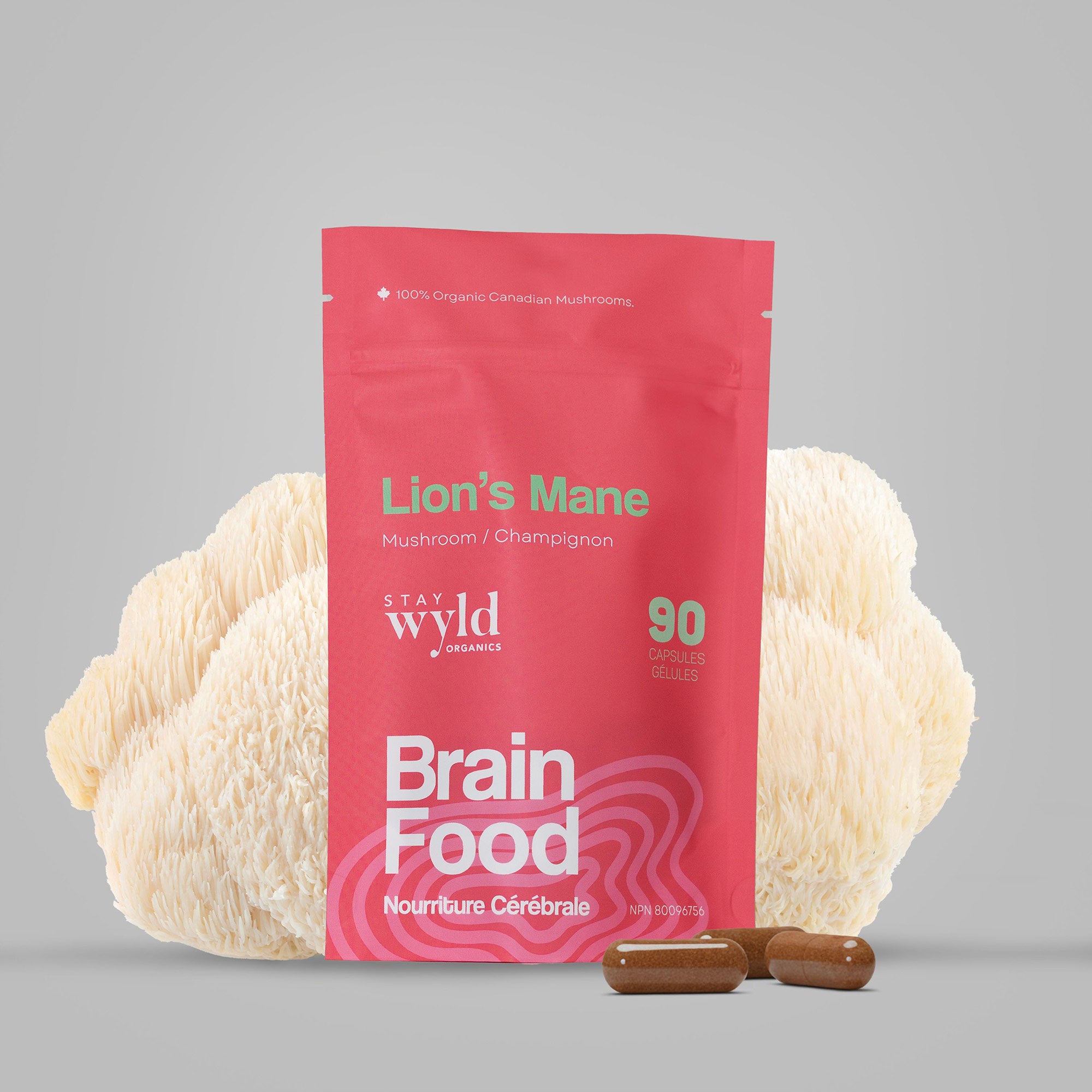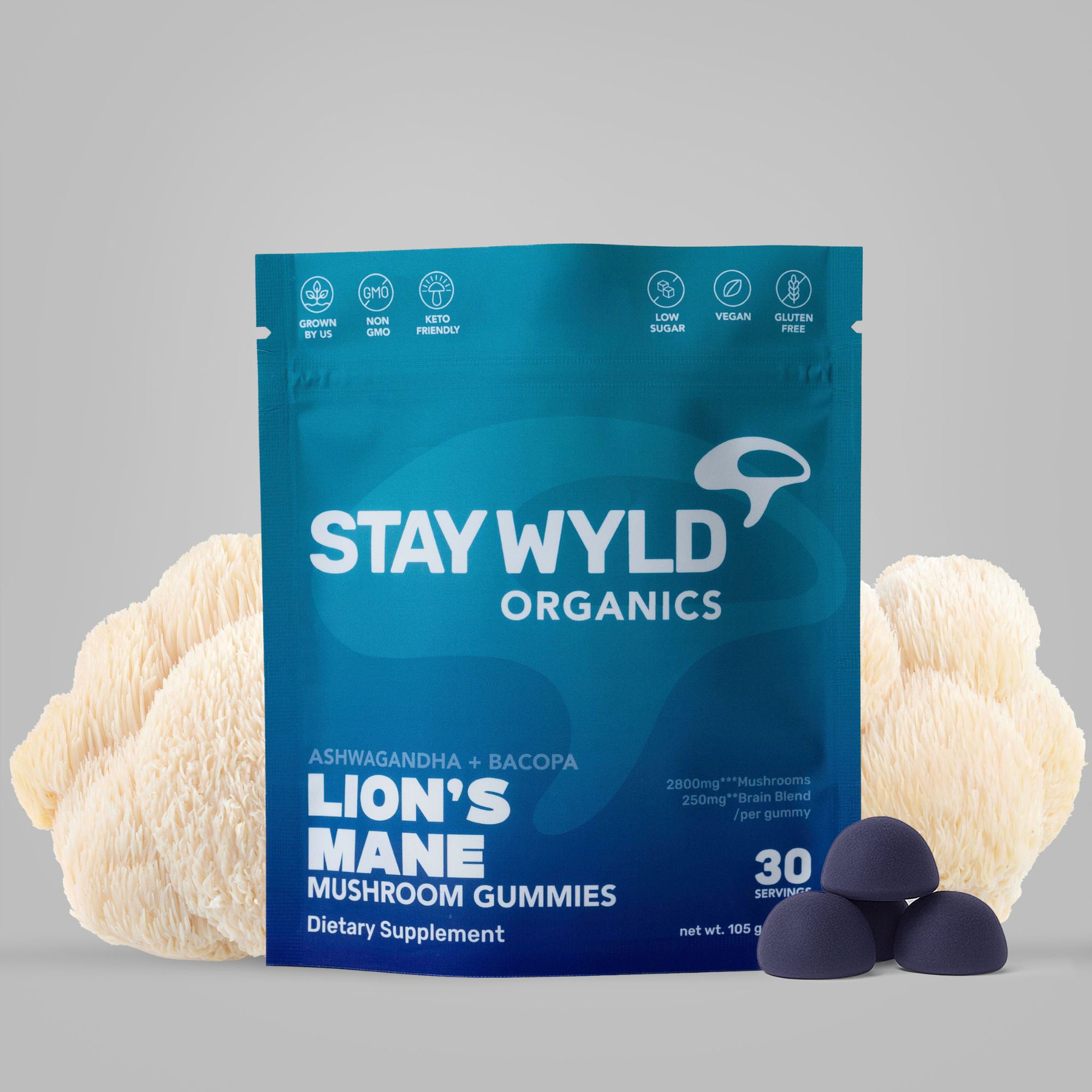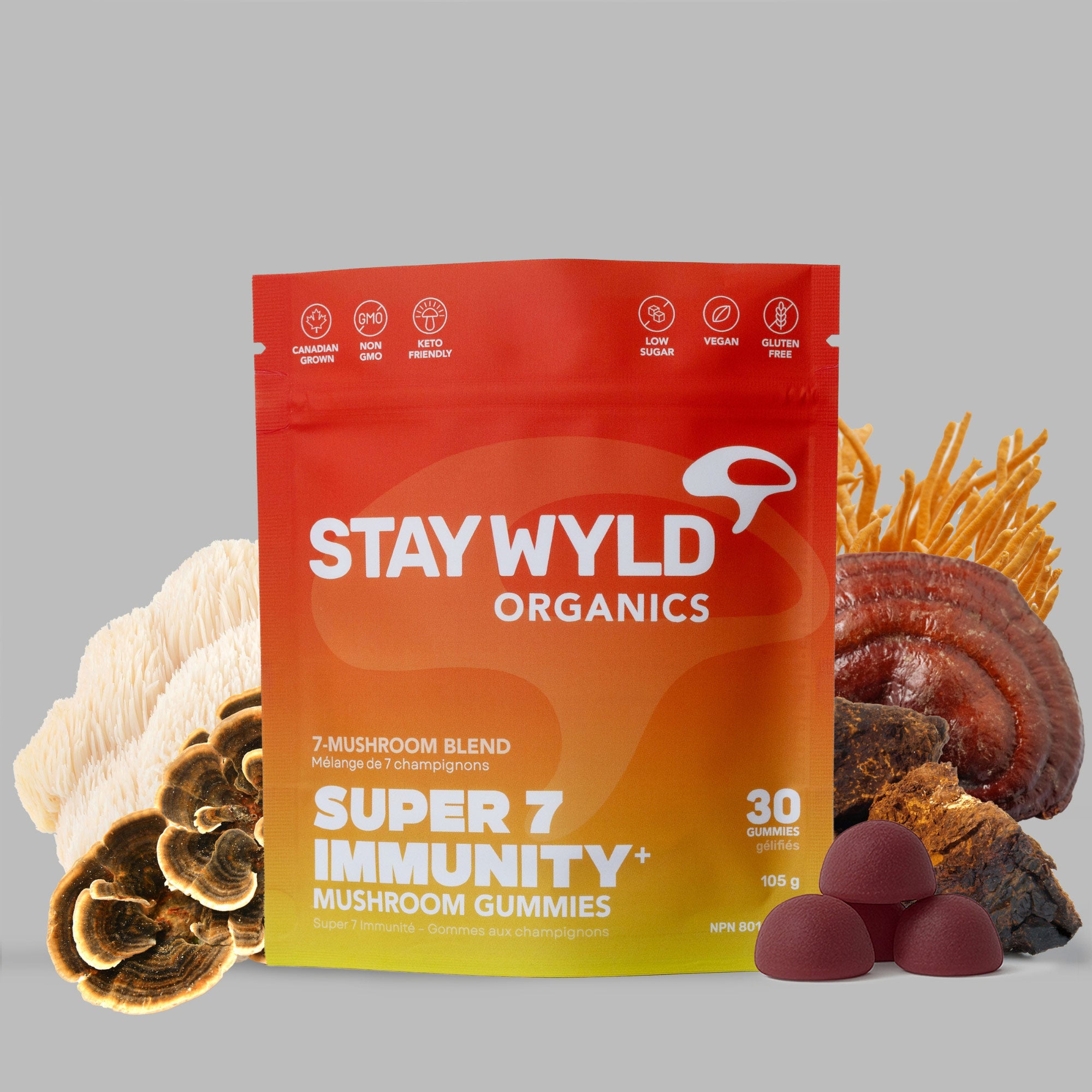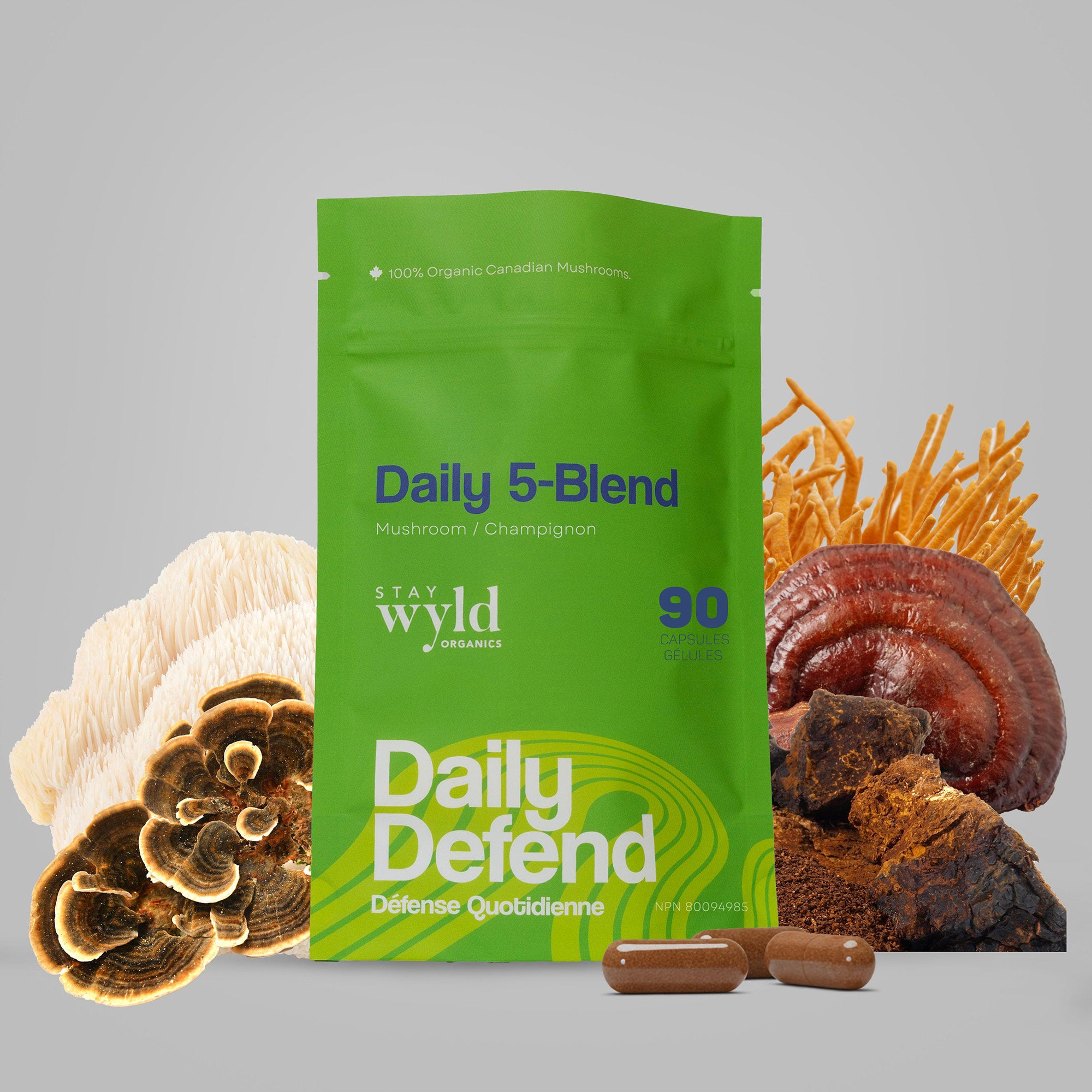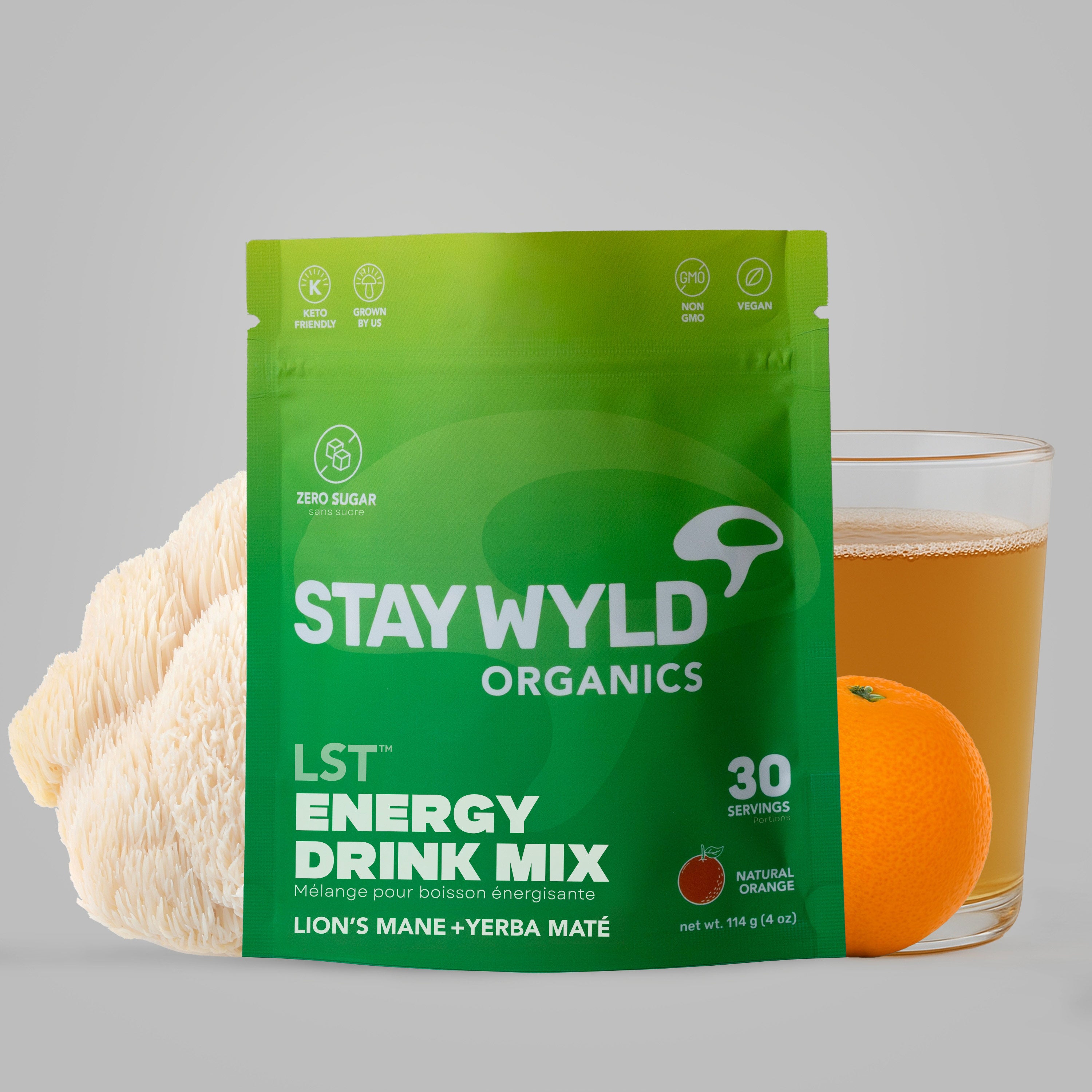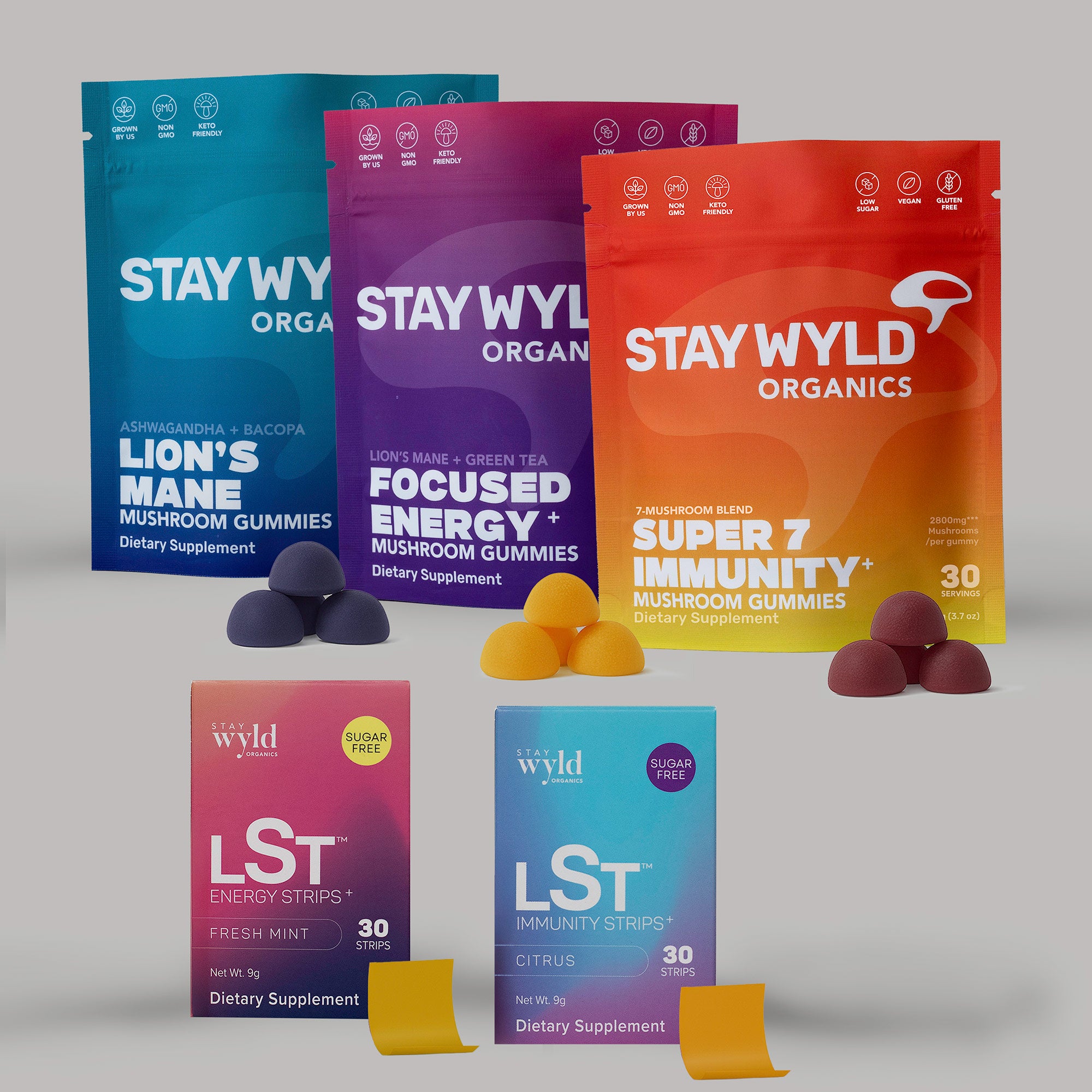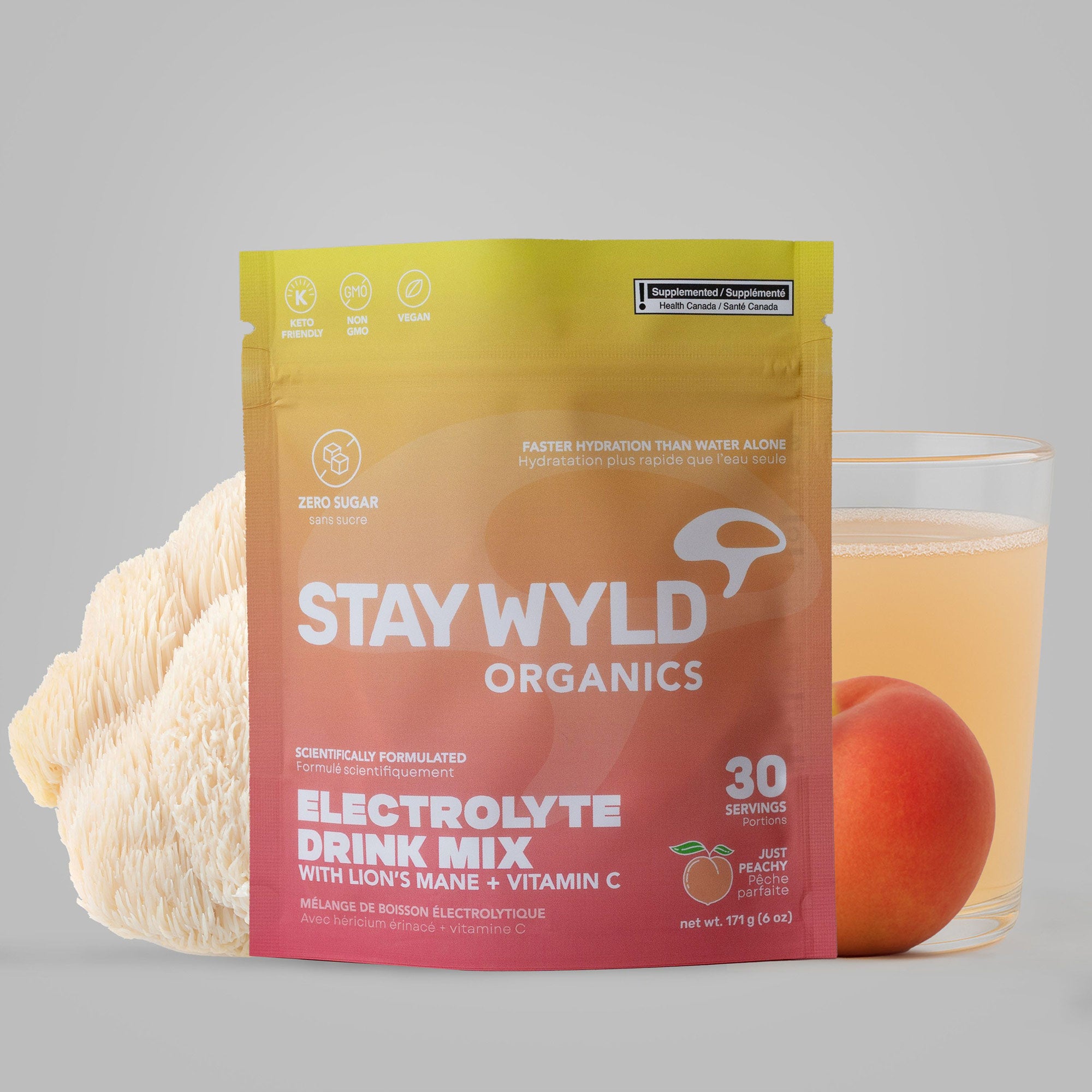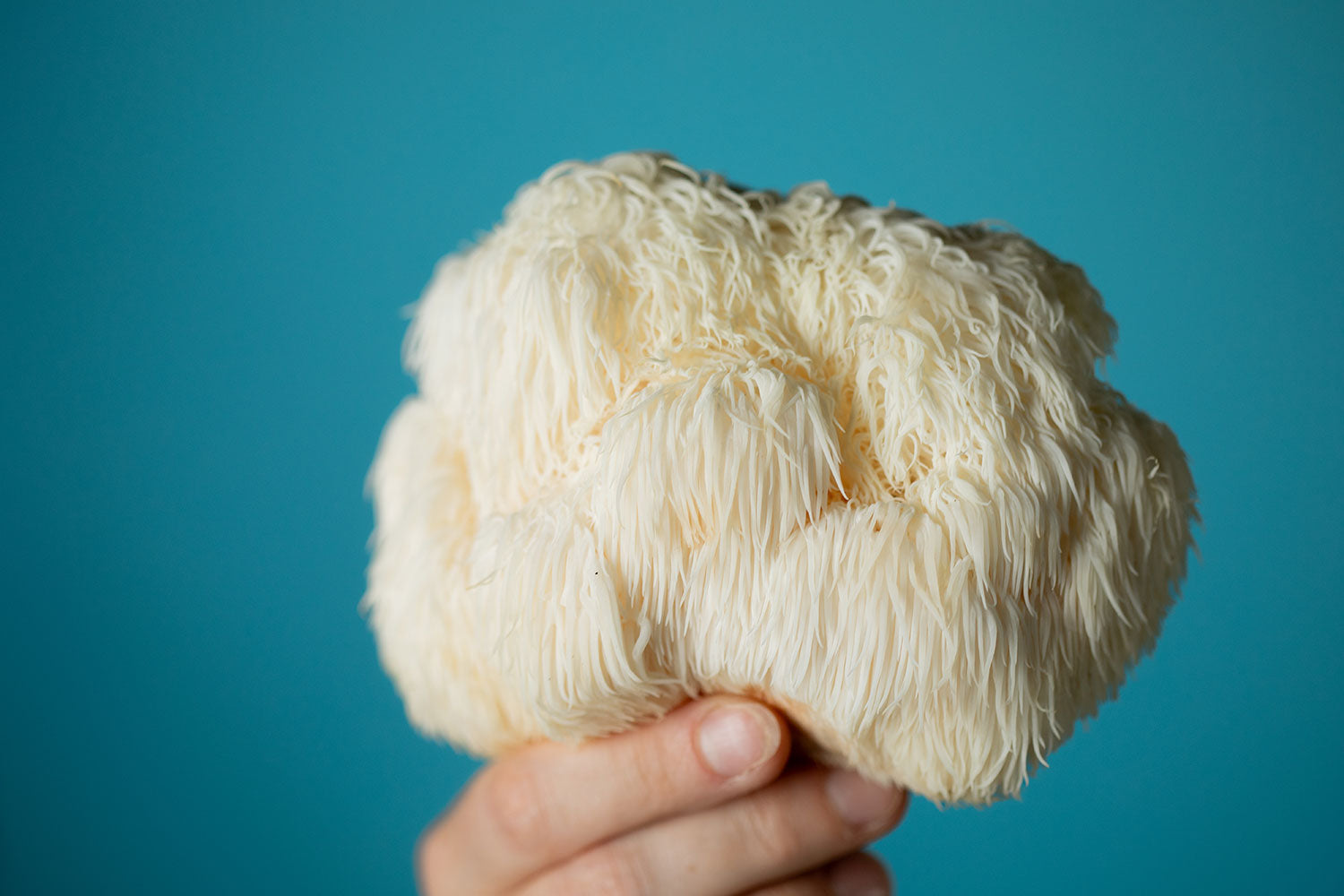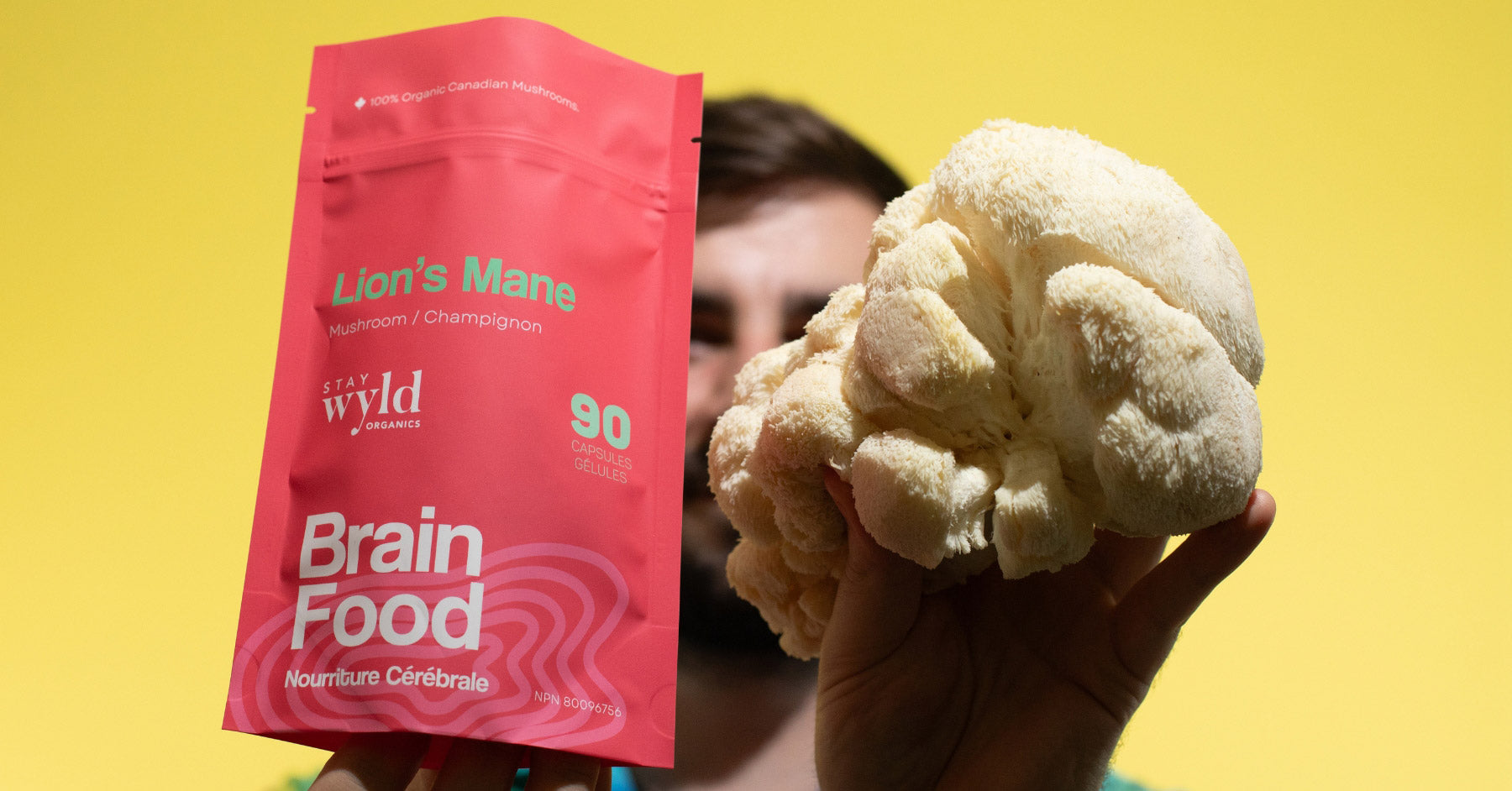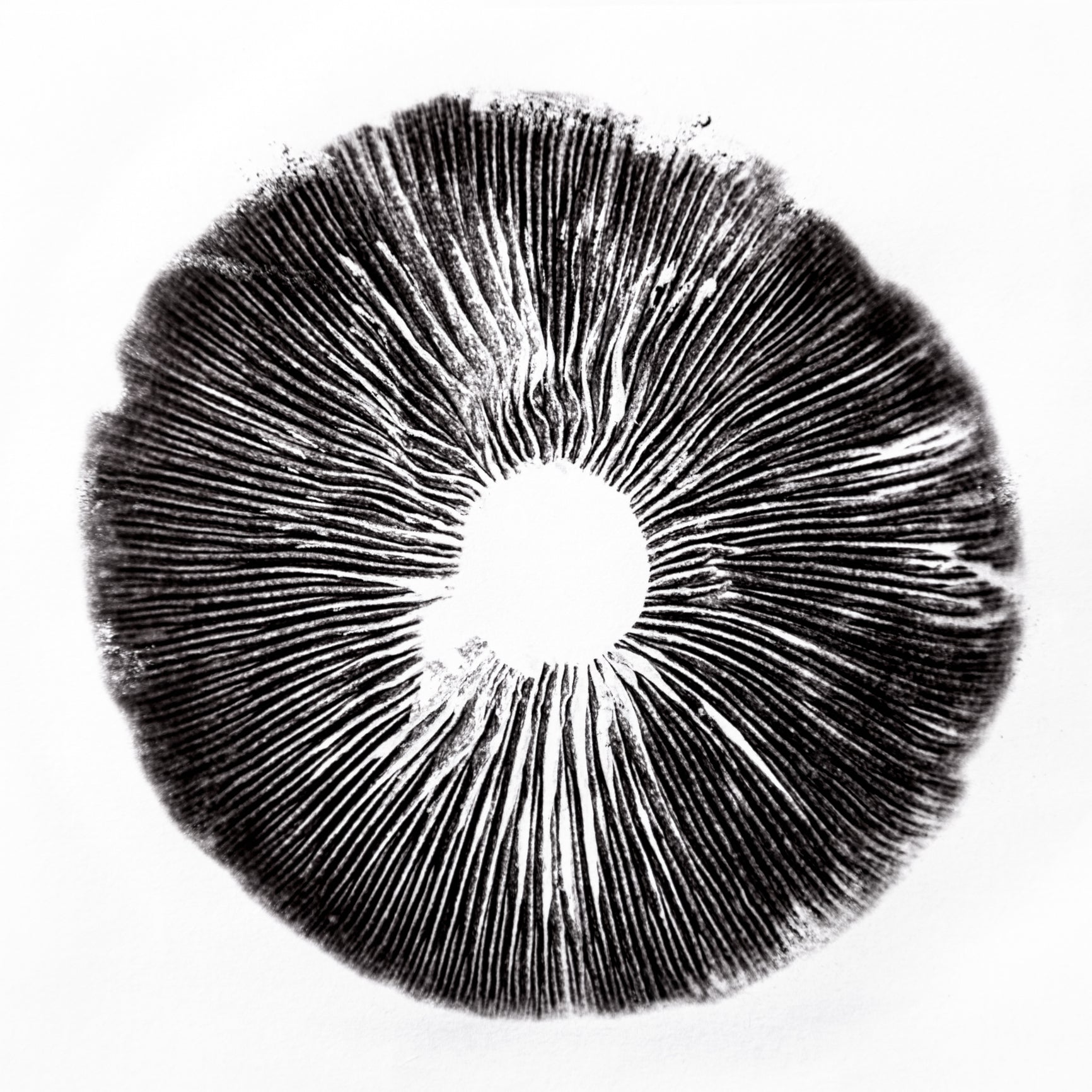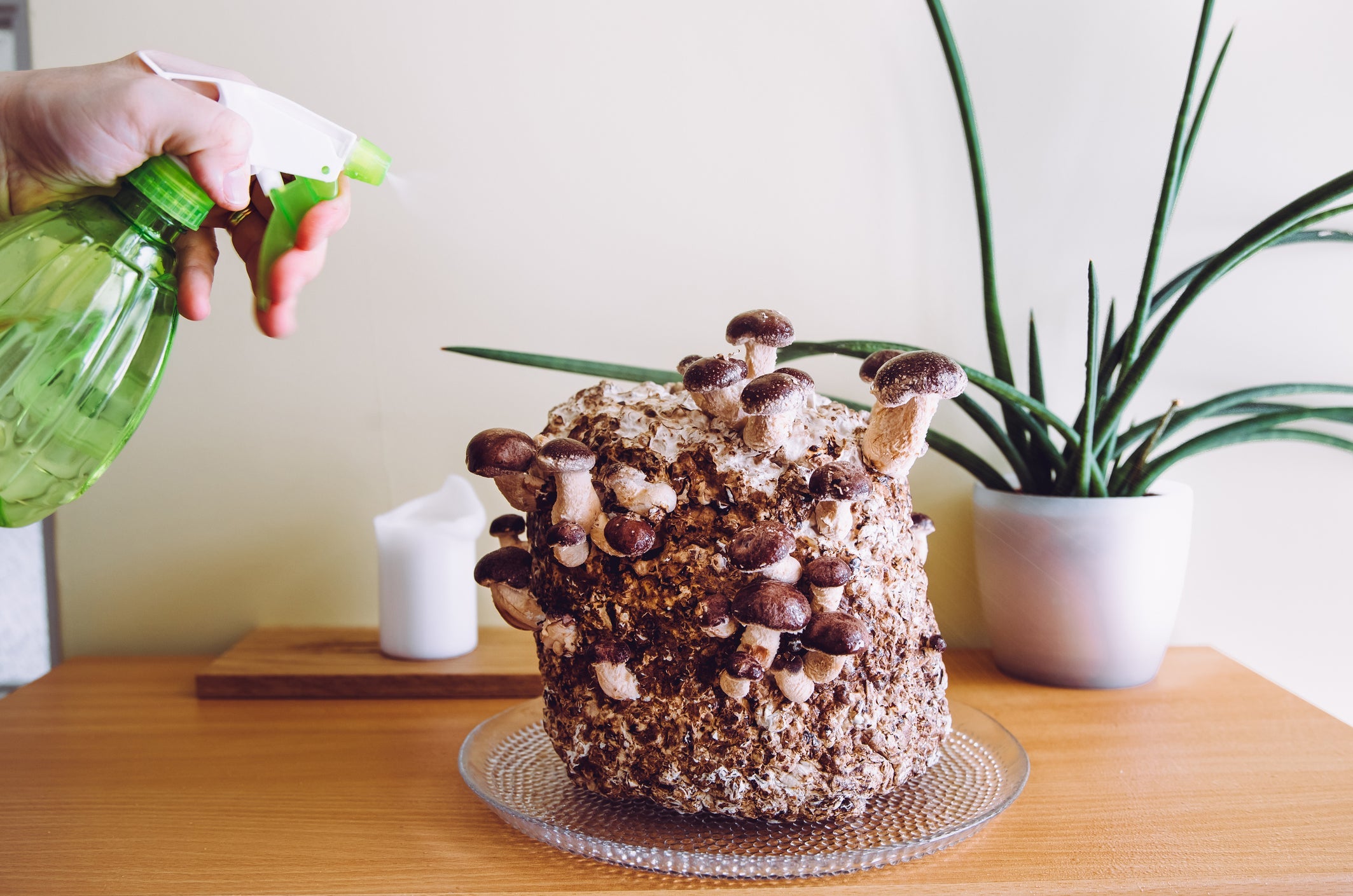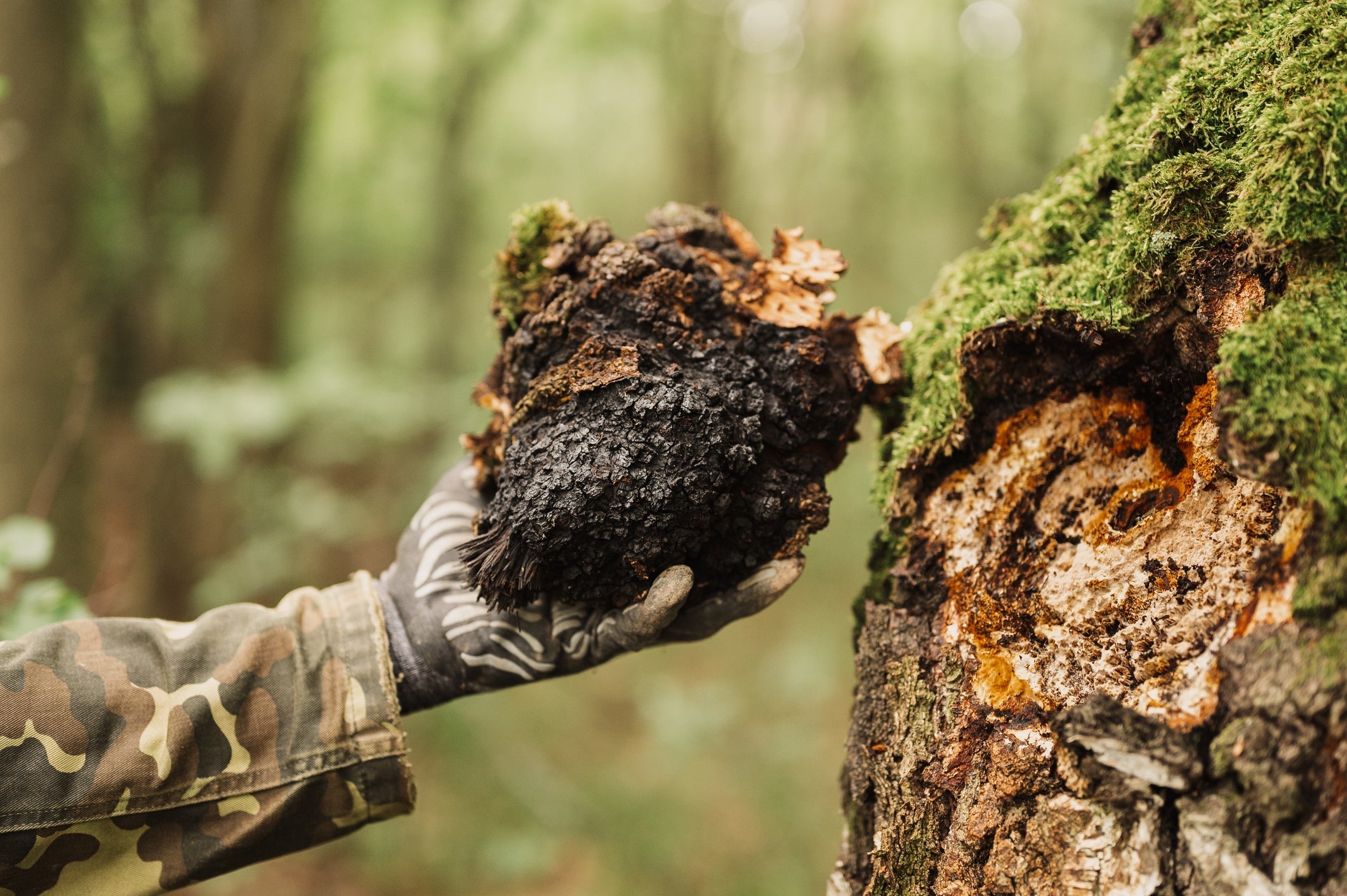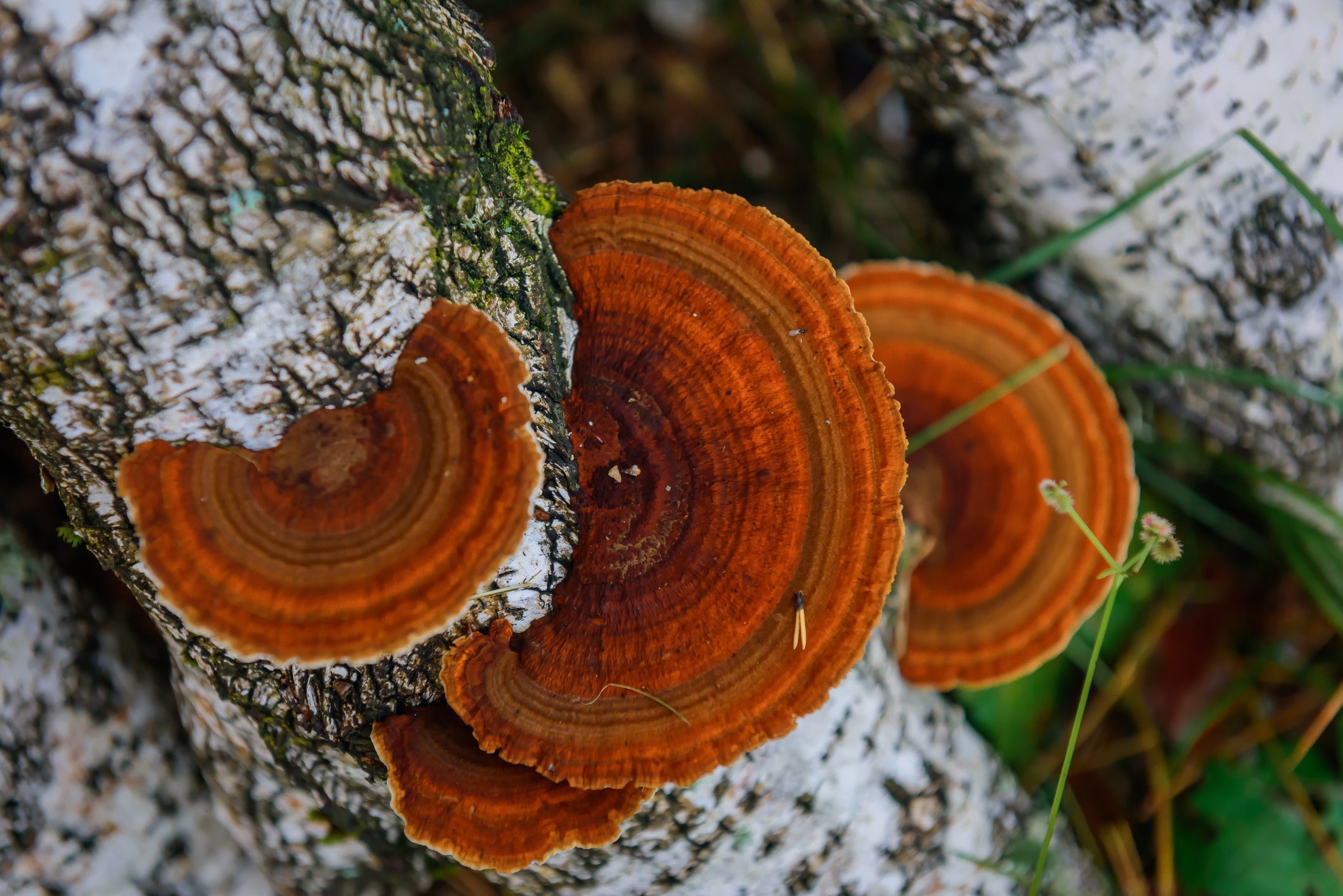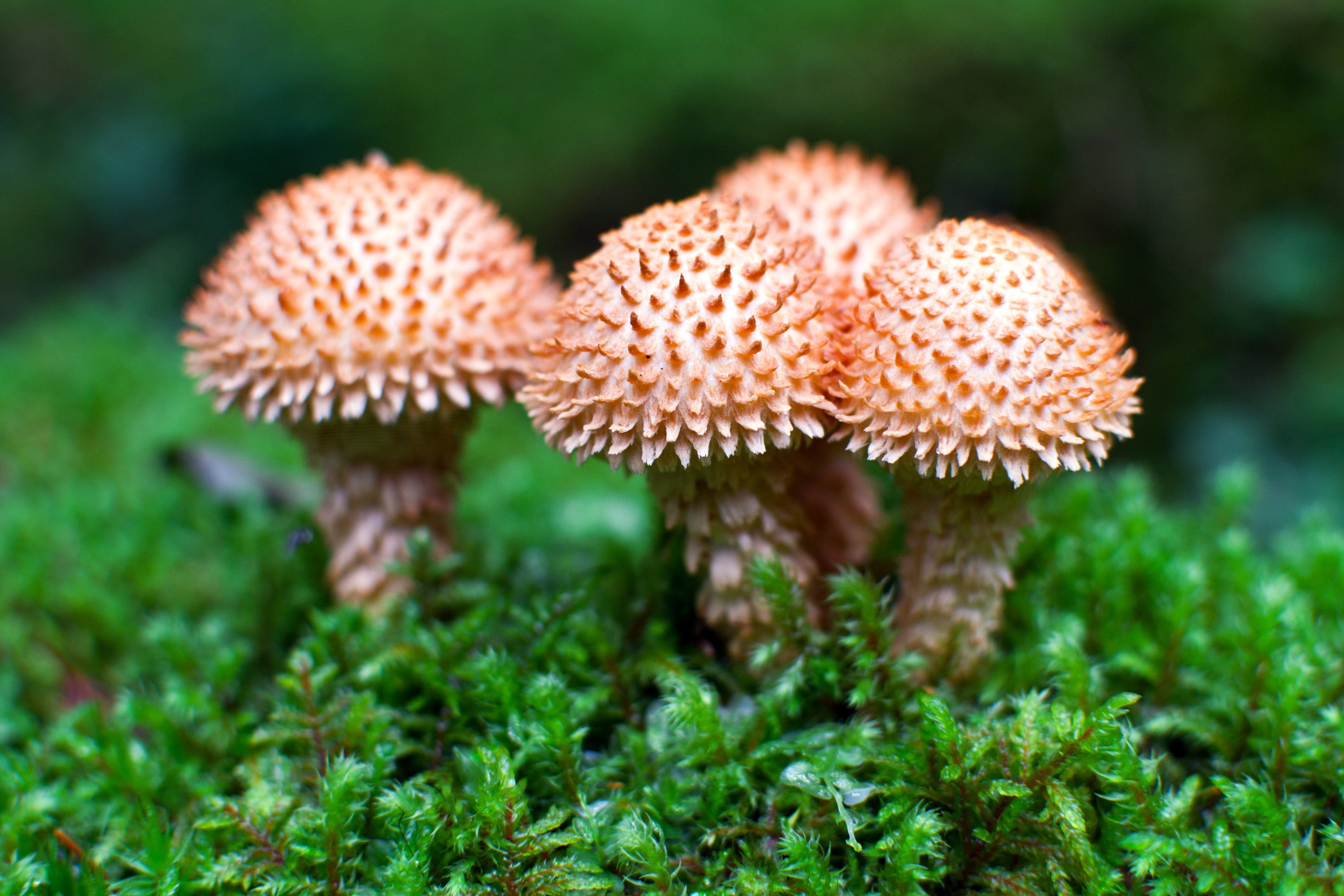Medicinal Mushroom Terminology
3 minute read
Adaptogen: Substances, including some types of medicinal mushrooms, that help the body adapt to stress and exert a normalizing effect upon bodily processes.
Arabinoxylane: A hemicellulose found in many plants and some medicinal mushrooms, and it's used as a dietary fiber in supplements.
Beta-Glucans: A specific type of polysaccharide found in the cell walls of many fungi, including mushrooms. They are known for their immune-boosting properties.
Chitin: A substance in the cell walls of fungi, including mushrooms, that contributes to their structure and rigidity.
Cultivation: The process of growing mushrooms, which can be done for food, medicinal purposes, or scientific study.
Decomposers: Mushrooms are a type of decomposer, meaning they break down dead organic material into simpler forms that can be used by other organisms.
Edible mushrooms: Not all mushrooms are edible, but many medicinal mushrooms can also be eaten. Examples include shiitake, maitake, and lion's mane.
Ergosterol: A compound found in fungal cell walls that converts to vitamin D when exposed to sunlight.
Extracellular Metabolites: Substances produced and secreted by cells into their environment. In fungi, these can include enzymes, acids, and other compounds with potential medicinal properties.
Extraction: The process of obtaining medicinal compounds from mushrooms, often done using water, alcohol, or other solvents.
Fruiting Body: The spore-producing part of a fungus, often what we think of when we picture a mushroom.
Fruitbodies: Another term for the fruiting bodies of a fungus, typically what we refer to when we talk about 'mushrooms.'
Functional Food: Foods that have a potentially positive effect on health beyond basic nutrition. Medicinal mushrooms can be considered functional foods due to their health-enhancing properties.
Galactose: A type of sugar that can be found in many different foods, including some types of mushrooms.
Glucose: The most common form of sugar, it's used by cells for energy. Many medicinal mushrooms contain glucose.
Glycoproteins: Molecules composed of a protein and a carbohydrate (a sugar), which are found in some medicinal mushrooms and can have immune-modulating effects.
Inoculate: The process of introducing a fungus, like a medicinal mushroom, into a substrate where it can grow.
Macro-nutrients: Nutrients needed in large quantities, such as carbohydrates, proteins, and fats. Some mushrooms can be a source of macro-nutrients.
Mannose: A type of sugar found in various fruits and vegetables, as well as in some types of mushrooms.
Micro-nutrients: Nutrients needed in smaller quantities, such as vitamins and minerals. Many medicinal mushrooms contain valuable micro-nutrients.
Mycelium: The vegetative part of a fungus, consisting of a network of fine white filaments.
Mycoattractants: Substances that attract fungal mycelium. They can be used to help cultivate certain types of mushrooms.
Mycology: The study of fungi, including mushrooms.
Mycoremediation: The use of fungi to remove or neutralize pollutants in the environment.
Polysaccharides: A type of complex carbohydrate found in many medicinal mushrooms. They have been linked to a variety of health benefits, including immune system support.
Primordia: The initial clustering of mycelial cells that will eventually develop into a mature mushroom.
Spores: The "seeds" produced by mushrooms that can develop into new fungi.
Substrate: The material or substance on which a fungus grows.
Toxic mushrooms: Some mushrooms are poisonous and can cause severe illness or death if ingested. It's essential to correctly identify any mushroom before eating it.
Triterpenes: A type of molecule found in some medicinal mushrooms that have anti-inflammatory, antiviral, and liver-protective properties.
Triterpenoids: Substances produced by a variety of organisms, including mushrooms. Some triterpenoids have medicinal properties, such as anti-inflammatory, antiviral, and anticancer effects.
Xylose: A type of sugar found in some plants and mushrooms, often used as a sweetener.
Leave a comment
All comments are moderated before being published.
This site is protected by hCaptcha and the hCaptcha Privacy Policy and Terms of Service apply.
